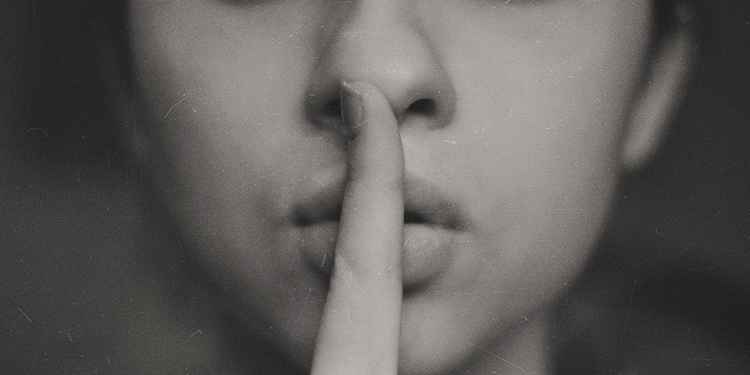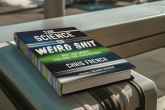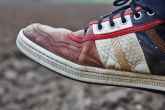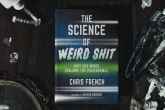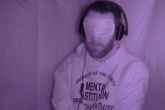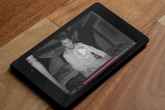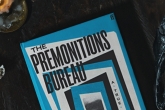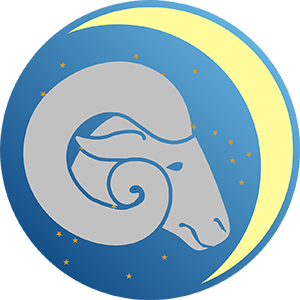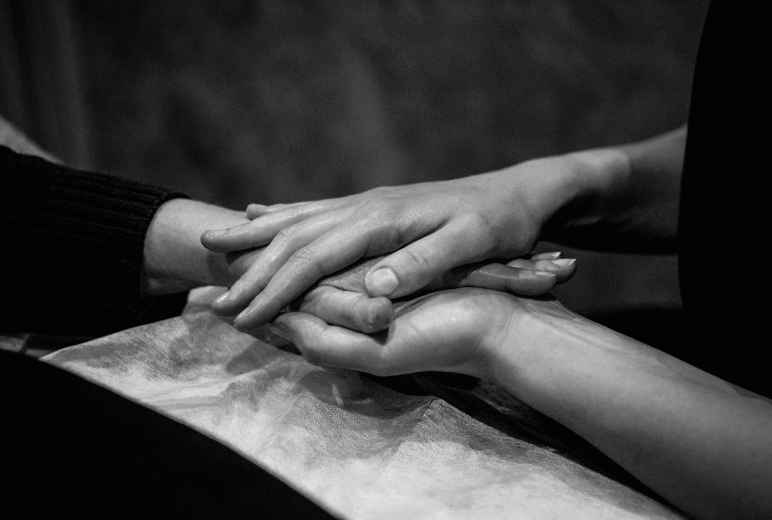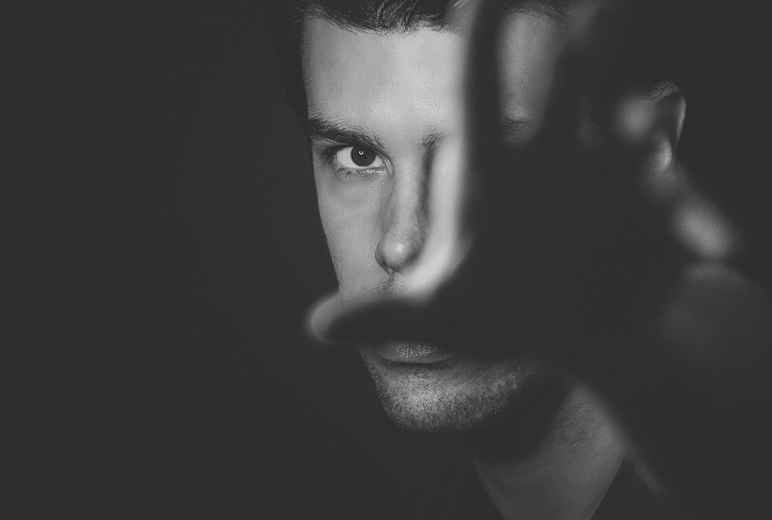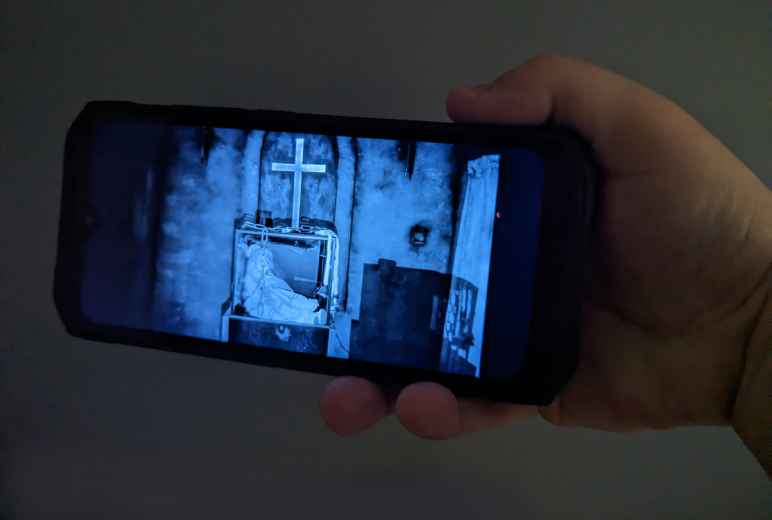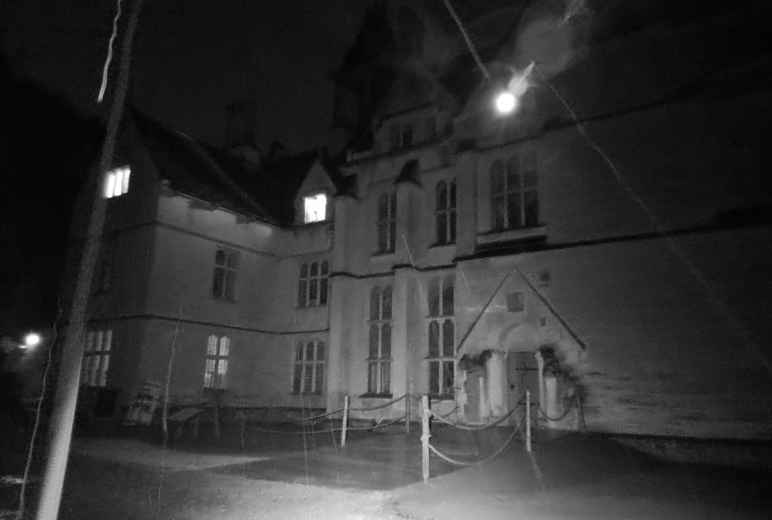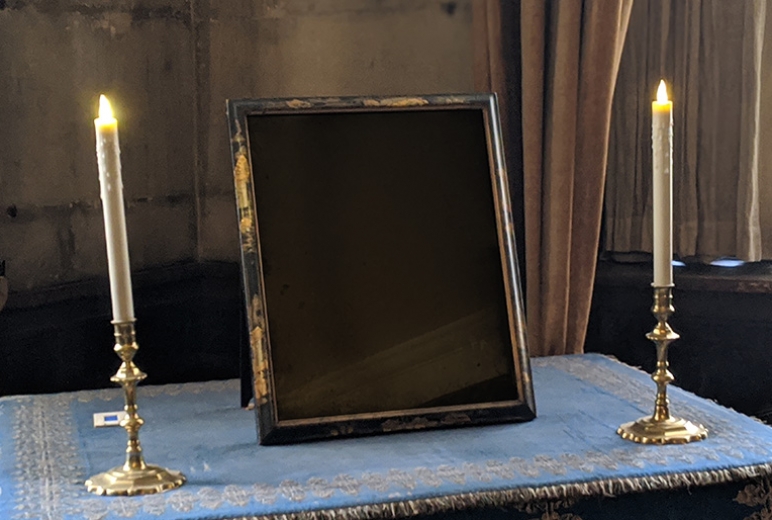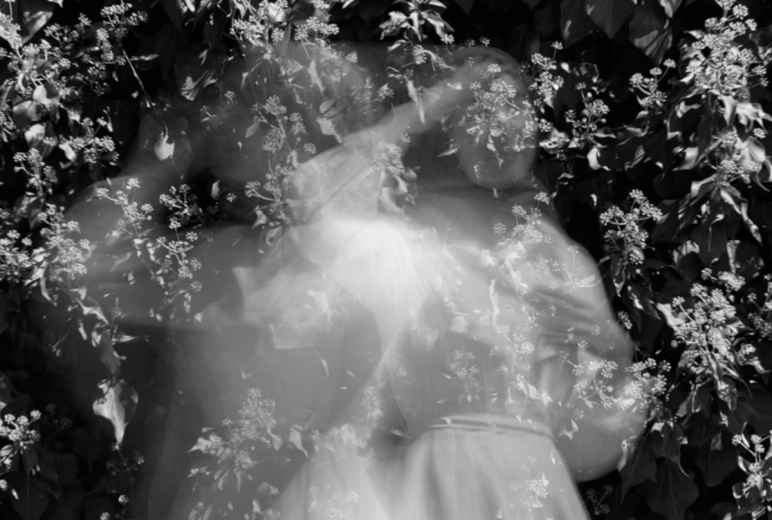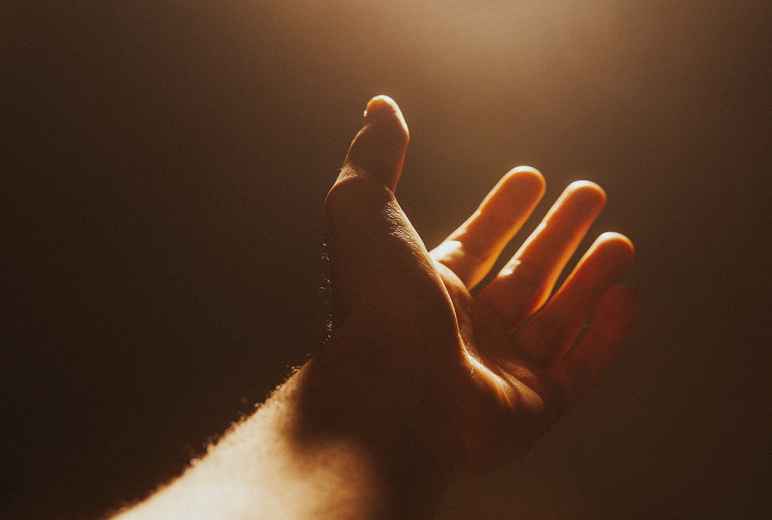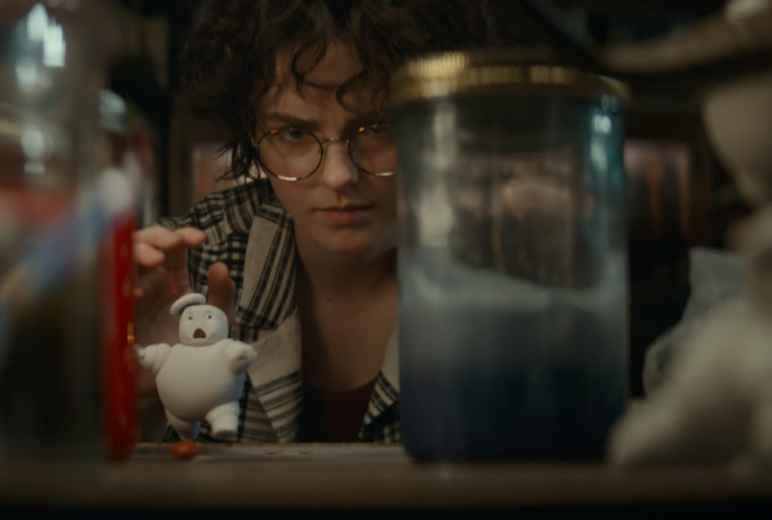Autonomous sensory meridian response is a tingling sensation on the skin that typically begins on the scalp and moves down the back of the neck and upper spine, those who experience it describe it to be highly pleasurable and relaxing. It's often triggered by specific audio and visual stimulation known as "triggers," which is why ASMR is a trend which has been fuelled by YouTube.
The ASMR section of Reddit has over 25,000 subscribers and it's a popular YouTube search, bringing up more than 1.5 million videos. Half of the users searching YouTube for ASMR are on a mobile device and unsurprisingly, the most common time to search for this content is after 10pm as people seek out audio and videos to relax them, in fact "ASMR sleep" is one of the top search terms.
There are three main ways to trigger ASMR, there are three examples below, see if any of them affect you.
For those who are able to experience ASMR, around 75% say the sensation can be triggered by whispering. Softly spoken and whispered videos make up the majority of autonomous sensory meridian response videos on YouTube.
ASMR isn't always triggered by vocal sounds, some ambient noises are also common triggers. These sounds often include tapping of the fingers, scratching, the crinkling of materials like paper or foil and the sound of writing, drawing or brush strokes. This type of trigger cal also include the brushing of hair or the caressing of a sponge microphones.
Around half of ASMR experiencers say the sensation can be triggered by gentle, intimate, personal attention. This usually manifests itself on YouTube in the form of role play videos, these often include being in a hair salon, a medical examination or having nails painted, ears cleaned or a massage. In these videos the person providing the service softly talks the viewer through the experience.
"I would explain ASMR as really good chills that feel akin to the chills you get when someone draws on your back or plays with your hair."
Heather Feather, ASMR YouTuber
Although it might seem like a modern phenomenon created by teens on YouTube, the sensation may have been first documented in the 1920s in the novel 'Mrs. Dalloway' by Virginia Woolf. A passage in the book describes a nursemaid speaking to a male patient "deeply, softly, like a mellow organ, but with a roughness in her voice like a grasshopper's, which rasped his spine deliciously and sent running up into his brain waves of sound."
From a scientific standpoint though, just a few years ago there wasn't even a term to describe the sensation and what's more, no videos existed.
At the moment we only have anecdotal evidence that it even exists, but a hell of a lot of anecdotal evidence and although ASMR hasn't been rigorously tested to back up this evidence, just because something hasn't been tested, doesn't mean it doesn't exist.
Since 2010 more and more people have been searching Google and YouTube for trigger content and those people on the whole have reported experiencing the "brain tingles" associated with ASMR. This many people reporting the same sensation would seem to suggest that we're not being trolled and this isn't just another internet hoax.
Although there is no scientific backing to ASMR, it has been likened to the well known psychological conditions frisson and synesthesia. Both of which are concerned with audio stimulating other parts of the body, frisson specifically refers to sensations triggered by music.
Some have speculated that ASMR may induce sexual pleasure, and for a skeptic it's easy to see why as a high percentage of ASMR video are presented by attractive women and the videos are often by nature very intimate. However, in a recent survey, only 5% said they used ASMR content for sexual stimulation.
If, like me, you have never experienced tingles in your brain, then it's hard to truly believe this phenomenon exists but then many people I know suffer from migraines, I never have but that doesn't give me cause to doubt them.
Of course migraines are better researched and well documented, but ASMR is a relatively new experience which has been brought on and identified as a result of digital media. It's likely that susceptible people have been experiencing ASMR with the right triggers throughout human existence, but it's only recently people have come together to share their experience and found ways to artificially trigger it through audio and video stimuli.
Perhaps ASMR is all in the mind of those who are determined to experience it but even then, isn't it all in the mind anyway? Does that make it any less "real?"
